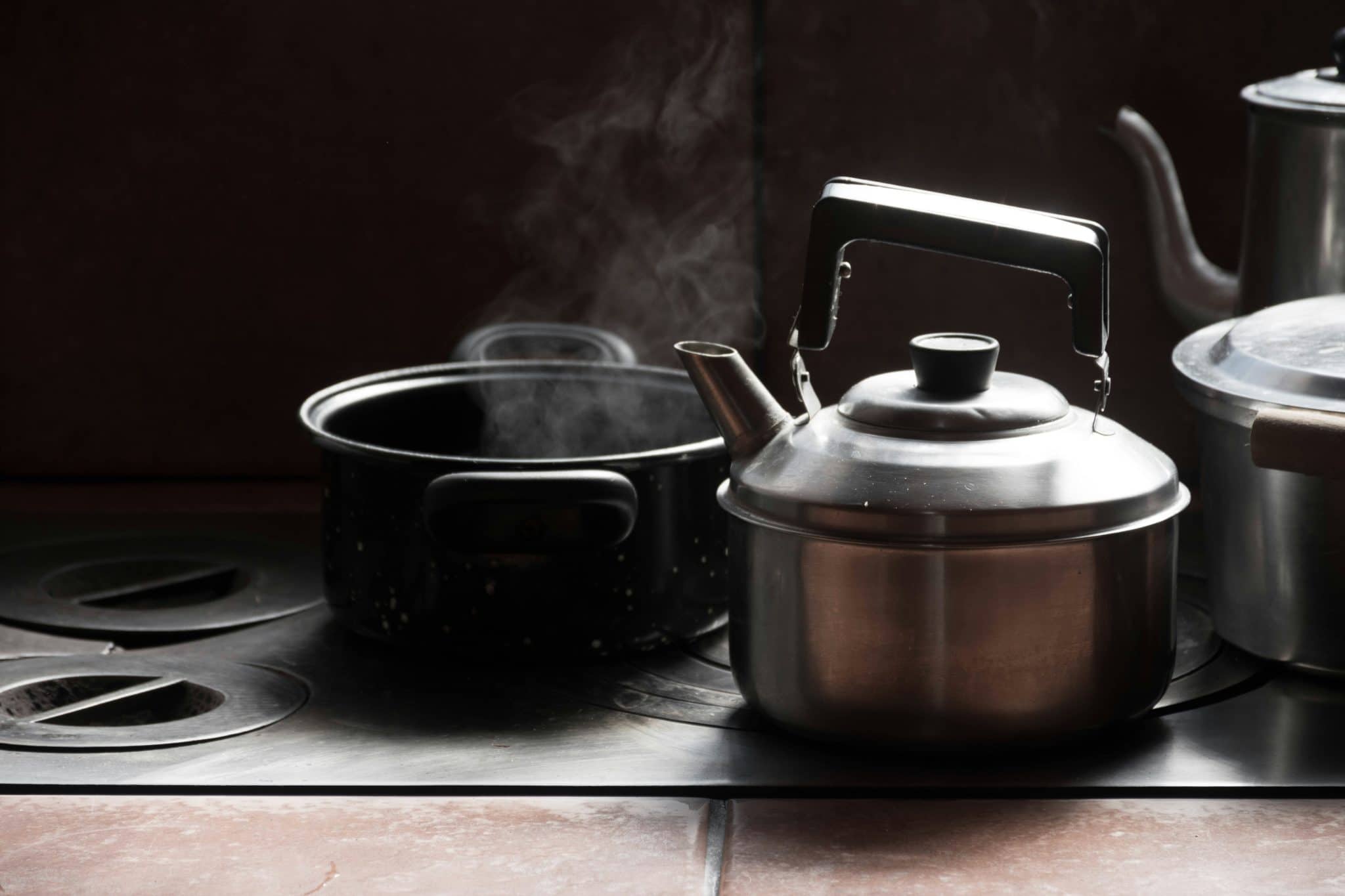Cooking with Autism: Sensory-Friendly Kitchen Techniques and Strategies
Welcome to the kitchen, a place where the senses come alive with the aromas, flavors, and textures of delicious food. But for those with Autism Spectrum Disorder (ASD), the kitchen can be an overwhelming and overstimulating environment. The bright lights, loud noises, and strong smells can make cooking tasks seem like a daunting challenge. However, with the right techniques and strategies, cooking with ASD can become a sensory-friendly and enjoyable experience.
The Impact of Sensory Processing on Cooking with ASD
Autism is a neurodevelopmental disorder that affects how individuals perceive and process sensory information. Sensory processing refers to the way the brain organizes and interprets incoming sensory information from the environment. For those with ASD, this processing can be different, leading to sensory sensitivities or under-responsiveness. This can make the seemingly simple task of cooking, a complex and overwhelming experience.
For individuals with sensory sensitivities, certain sounds, textures, smells, and even visual cues can trigger a strong response, leading to discomfort, anxiety, or meltdowns. On the other hand, under-responsive individuals may have a reduced ability to detect and discriminate sensory information, leading to a lack of awareness of temperature, taste, or texture.
Creating a Sensory-Friendly Environment
The first step in cooking with ASD is to create a sensory-friendly environment. This involves reducing overwhelming stimuli and promoting a calming atmosphere. Here are a few strategies to create a suitable cooking environment:
Limit Distractions
The kitchen can be a busy and noisy place, with various appliances running, pots and pans clanging, and family members chatting. For individuals with ASD, this can be overwhelming. Reduce distractions by choosing a quiet time of day to cook and turning off any unnecessary noise. It is also helpful to provide a designated space for cooking, away from high traffic areas.
Adjust Lighting
Bright fluorescent lights can be too stimulating for individuals with ASD, leading to sensory overload. It is best to cook with natural or softer lighting, and if possible, use dimmer switches to adjust the brightness. This can not only reduce sensory overload but also create a calmer and more relaxing atmosphere.
Use Soothing Scents
For those with sensory sensitivities, strong smells can trigger a negative response. Using calming scents, such as lavender, can help create a more pleasant and comfortable environment. It is best to steer clear of strong spices and opt for mild flavors, at least initially, until the individual becomes more comfortable with cooking.
Techniques for Sensory-Friendly Cooking
In addition to creating a sensory-friendly environment, there are also specific techniques that can make cooking with ASD a more enjoyable experience. Here are a few strategies to consider:
Create a Visual Schedule
Individuals with ASD often thrive with structured routines and visual aids. Before cooking, create a visual schedule of the steps involved, with pictures or drawings, to help the individual understand the sequence of tasks. This can also help to reduce anxiety and increase independence in the kitchen.
Engage the Senses
Encourage sensory exploration in cooking by involving all five senses. For example, let the individual touch and feel different textures like dough, herbs, or fruits. Let them smell the aromas of different ingredients and taste-test along the way. This can not only make cooking more enjoyable but also help with sensory integration.
Encourage participation
Involve the individual in meal planning, grocery shopping, and preparation. This not only promotes independence and responsibility but also provides opportunities for sensory input. For example, pushing a cart, carrying groceries, or stirring a pot can provide proprioceptive input, which can have a calming effect on the body.
Conclusion
Cooking with ASD may require a little extra planning and patience, but with the right techniques and strategies, it can become a fun and enjoyable experience for everyone involved. By creating a sensory-friendly environment and implementing sensory-friendly cooking techniques, individuals with ASD can discover the joy of cooking and have a sense of accomplishment in the kitchen.
Remember, every individual with ASD is unique, and what works for one may not work for another. It is essential to experiment and find the strategies that work best for each individual. With practice and persistence, cooking with ASD can open a world of opportunities for sensory exploration, independence, and delicious meals.










